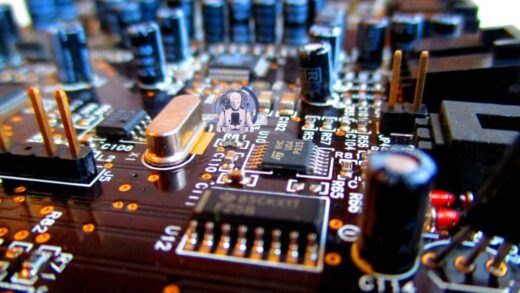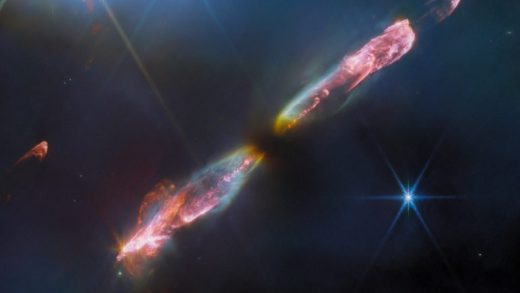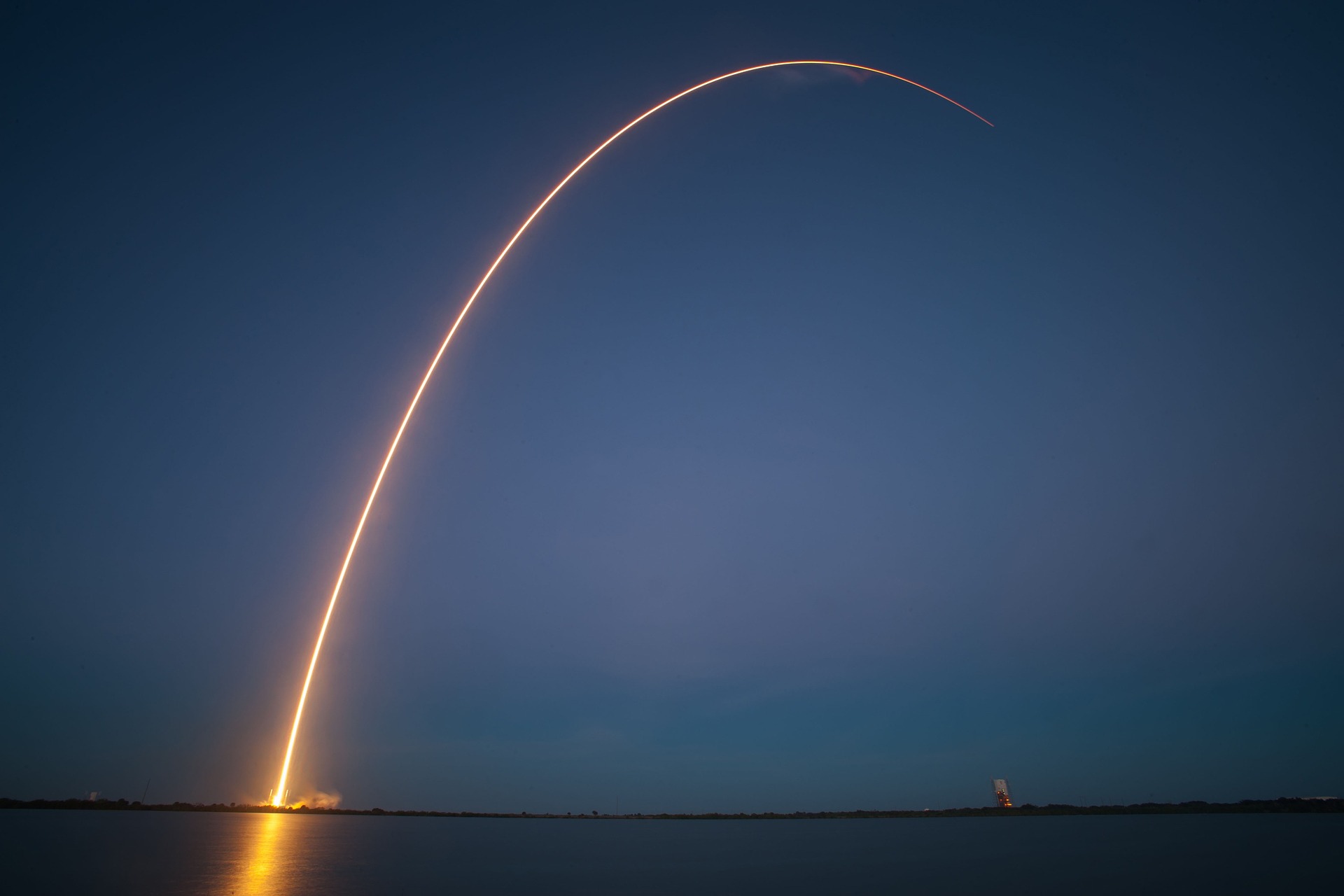Hubble provides profound insights into cosmic collisions and the transformative nature of galactic mergers
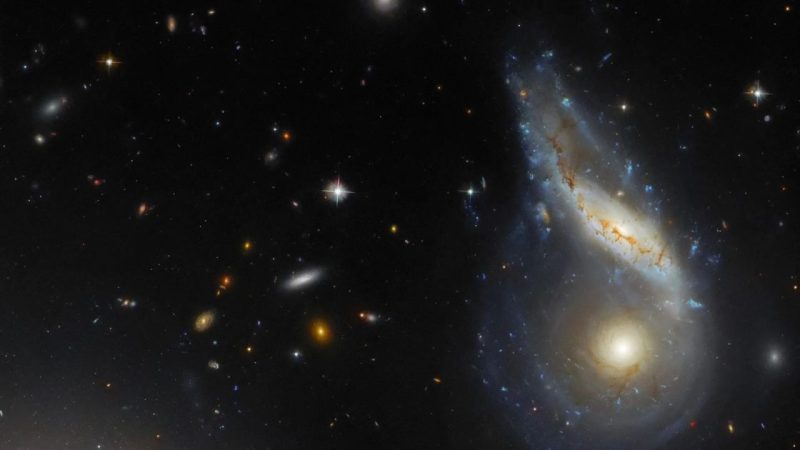
The Hubble Space Telescope has captured another captivating image of Arp 122, a peculiar galaxy undergoing a monstrous merger. This cosmic collision involves two galaxies – NGC 6040, a tilted, warped spiral, and LEDA 59642, a round, face-on spiral, at a distance of approximately 570 million light-years from Earth.
Galactic collisions, although energetically monumental, occur on a slow timescale. The Milky Way itself is on a collision course with the Andromeda Galaxy, but such collisions take billions of years to unfold. Arp 122 provides a unique insight into this process, with its two colliding galaxies likely to merge over hundreds of millions of years. These collisions induce significant changes in the gravitational forces acting on stars, solar systems, dust, gas, and dark matter within galaxies.
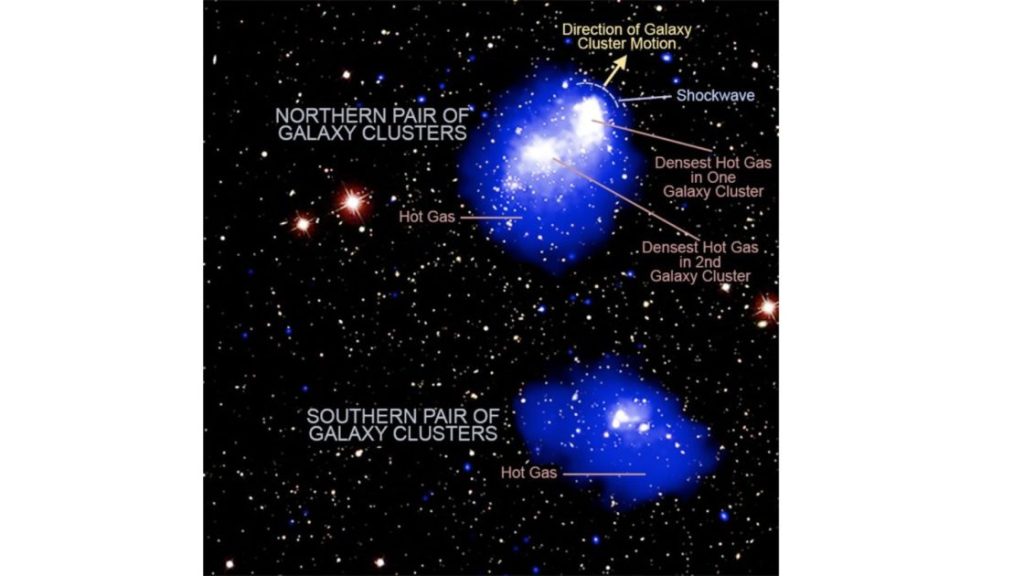
As galaxies collide and merge, their structures undergo profound transformations. The resultant merged galaxies often exhibit regular or elliptical structures, a departure from the intricate patterns observed in spiral galaxies. Arp 122, once the collision concludes, may reveal a new and intriguing form. However, the transformation is a gradual process that spans eons, highlighting the immense timescales involved in cosmic events.

The Beauty of Galactic Mergers
Galaxy mergers are pervasive throughout the universe. Our Milky Way, a product of past mergers, is destined to collide with Andromeda, forming a single, massive galaxy in the distant future. According to astronomers, large galaxies, such as giant ellipticals, likely formed through mergers with smaller galaxies over billions of years. Irregular galaxies, like the Magellanic Clouds, are of distorted shapes resulting from gravitational interactions.
Galaxy mergers can be visually stunning, as witnessed in the case of the Antennae Galaxies.

These two spiral galaxies, now merged, underwent a collision around 600 million years ago, resulting in a burst of star formation. From lopsided mergers to galactic cannibalism, where larger galaxies strip stars from smaller ones, interactions play a crucial role in the growth and evolution of galaxies.
A Trio of Galactic Marvels
In a separate observation, the Hubble Space Telescope captured a trio of merging galaxies known as SDSSCGB 10189.

These three star-forming galaxies, situated within 50,000 light-years of each other, present a rare celestial sight. Despite this seemingly safe distance, it underscores their extreme proximity in cosmic terms. This galactic trio, destined to merge into a single larger galaxy, provides astronomers with valuable insights into the formation of Brightest Cluster Galaxies (BCGs).
The image, part of an observation aimed at understanding the origin of the universe’s most massive galaxies, sheds light on the formation of Brightest Cluster Galaxies. Astronomers say these colossal galaxies form through the merger of large, gas-rich galaxies, similar to the star-forming galaxies in the merging trio. The Hubble’s precise instruments, including the Wide Field Camera 3 and Advanced Camera for Surveys, contribute to the systematic study of this celestial trio.
